How We Traveled in the Old Days
[caption id="attachment_8923" align="alignnone" width=""][/caption]By Giorgio Brezich (excerpted and translated from the book "La Vita dello Snipe in Italia" – Sergio Michel – 2004 Alberto Perdisa Editore) My younger friends are astonished when I tell them how transportion was at the time of my first trips. In those days the cars were very few and it was very rare to find one equipped with hitch and trailer, so there were two options: either load the boat on a railroad, or rent a truck. Both options were quite expensive, so it was common to load more boats on the same vehicle to share the costs. In Trieste, my town, things began with the hiring of a four-wheeled cart, towed by hand. Then we went to the "Innocenti" company, a producer of scaffolding pipes, to rent pipes and clamps to build a structure on the body of a truck, and then load three boats one on top of the other. ...
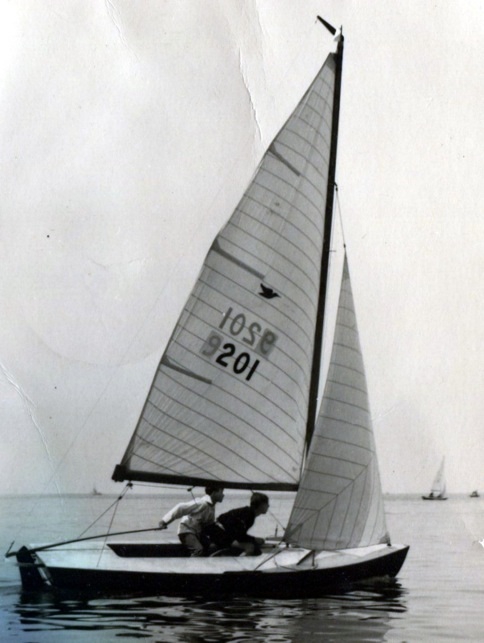

By Giorgio Brezich (excerpted and translated from the book “La Vita dello Snipe in Italia” – Sergio Michel – 2004 Alberto Perdisa Editore)
My younger friends are astonished when I tell them how transportion was at the time of my first trips.
In those days the cars were very few and it was very rare to find one equipped with hitch and trailer, so there were two options: either load the boat on a railroad, or rent a truck. Both options were quite expensive, so it was common to load more boats on the same vehicle to share the costs.
In Trieste, my town, things began with the hiring of a four-wheeled cart, towed by hand. Then we went to the “Innocenti” company, a producer of scaffolding pipes, to rent pipes and clamps to build a structure on the body of a truck, and then load three boats one on top of the other.
…
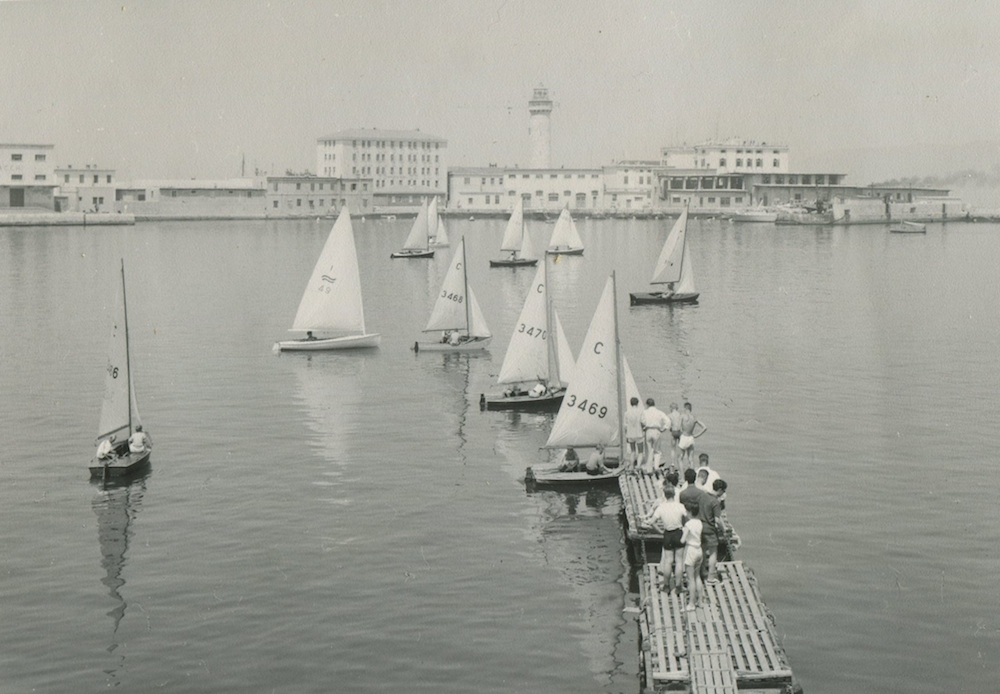
Loading the two lowest was not easy, but not dramatic—it was a very different story for the one that was higher.
This solved the boats problem, but the problem of how the sailors would travel . One or two could stay in the cab with the driver. However, four others remained … who stealthily sneaked, without the driver noticing, into the boats. This certainly helped keep expenses down.
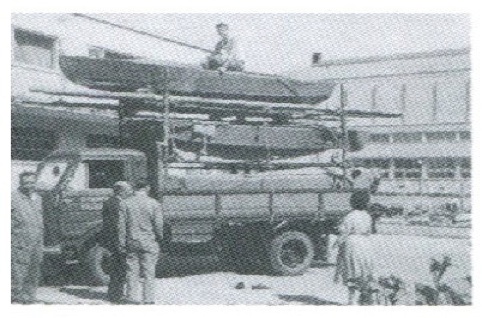 I think the driver always noticed, but each time we arrived at destination, he pretended to be surprised when some zombies emerged from the boats.
I think the driver always noticed, but each time we arrived at destination, he pretended to be surprised when some zombies emerged from the boats.
He needed us and we needed him, and times were not easy, so …
The first important trip I made was to Luino, on Lake Maggiore. Luino in its heyday, was a regatta that had nearly a hundred boats at the start. I was very young, under age, and I still did not have documents – Trieste was the Free Territory of Trieste, and was governed by the Allied Military Government (US and UK). To enter and leave the city it was necessary to cross the border – the problem was solved in the usual way: inside the boat and covered by sail bags!
Traveling by railway, things were more complicated, because you had to bring the boats to the train station with the usual cart pulled by hand, load the boats on the wagon, lock them with wire to prevent movement, pass the verification by the station chief, pay the freight and, most importantly, hope that sooner or later they arrived at the destination undamaged and on time for the race.
At that time the Italian Sailing Federation regulations provided that information regarding shipments by railways was specifically written in the notices of race (and this was logical because the organizing club was instructed to clear boats at customs upon arrival and bring them to the club).
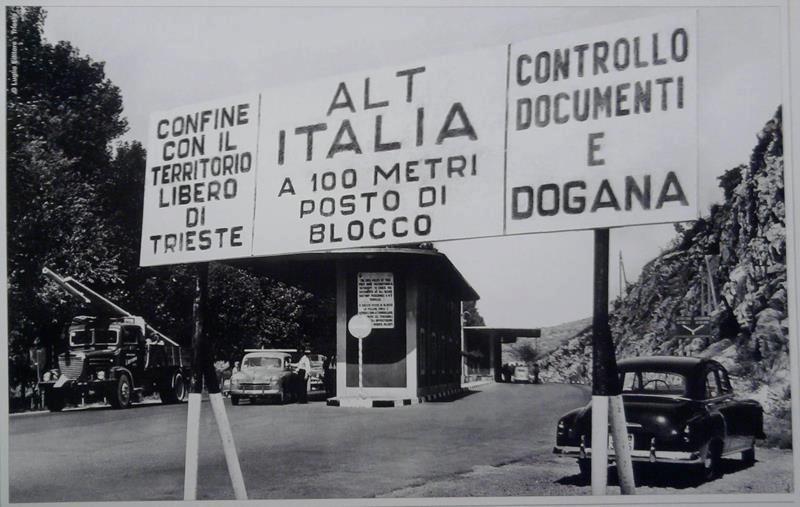 The boats were then made strongly out of solid wood, which, during the trip, dried, creating gaps between the various courses of the planking. Very often, at the destination, you had to wet the hull to make it tight again.
The boats were then made strongly out of solid wood, which, during the trip, dried, creating gaps between the various courses of the planking. Very often, at the destination, you had to wet the hull to make it tight again.
Over time the availability of cars increased, so then we needed to have the trailers. But these were not available and therefore were hand made with axles of crashed cars and abandoned gas pipes.
It should be noted that the trailer was not allowed by the Code of the road, and when we started to carry boats with this system, I also started the adventures and surprises with policemen who often prevented us from continuing the journey as illegal.
Sounds crazy! But things were just like that and we had fun too maybe because we had so much enthusiasm and we felt privileged, when the majority of our peers did not leave the town, that we were travelling through Italy and Europe.
Giorgio Brezich
Notes:
• When the Fascist regime collapsed in October 1943 and Italy capitulated, the territory was occupied by German forces, that created the Operational Zone of the Adriatic Littoral.
• The Yugoslav Army entered Trieste on May 1, 1945, after a battle in the town of Opicina. The 2nd Division (New Zealand) of the British 8th Army arrived on the next day.
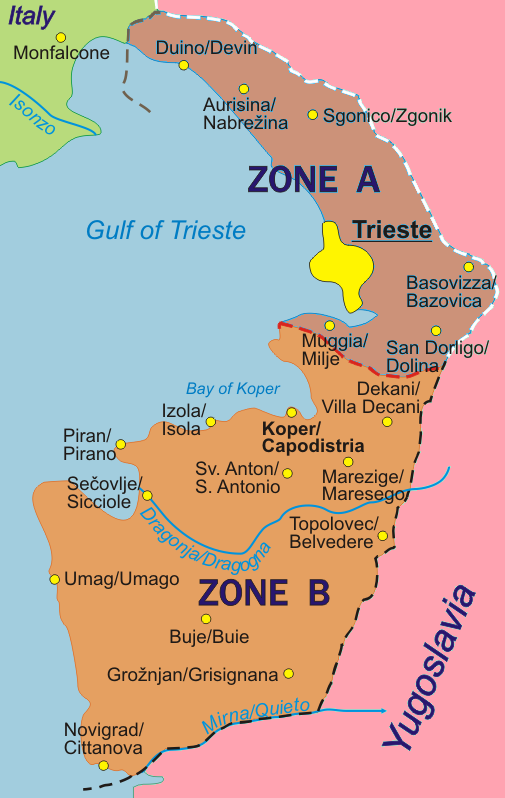 • On September 15, 1947, the peace treaty between the United Nations and Italy was ratified, establishing the Free Territory of Trieste.
• On September 15, 1947, the peace treaty between the United Nations and Italy was ratified, establishing the Free Territory of Trieste.
• The Free Territory of Trieste was divided into two areas: one being the port city of Trieste with a narrow coastal strip to the northwest (Zone A); the other, larger (Zone B) was formed by a small portion of the north-western part of the Istrian peninsula.
• However, the territory never received its planned self-government and it was maintained under military occupation respecting the administrative division into two zones: Zone A was administered by British and American forces, while Zone B was administered by the Yugoslav National Army.
• On October 5, 1954, the London Memorandum was signed by ministers of the United States, United Kingdom, Italy, and Yugoslavia. It gave former Zone A with Trieste to Italy for an ordinary civil administration, and Zone B, which had already incorporated a communist government since 1947, to Yugoslavia.
• In 1975 the bilateral Treaty of Osimo was signed in Osimo and ratified 2 years later, definitively stopping respective claims over the former Free Territory of Trieste by Italy and Yugoslavia.
• On June 25, 1991, Slovenia became independent from Yugoslavia; Slovenia joined the European Union on May 1, 2004.
Comments for this post are closed

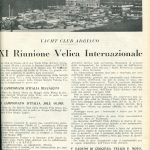
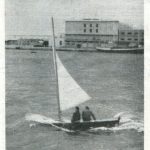
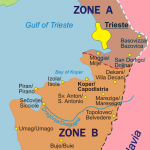
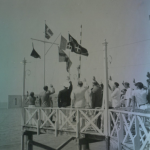
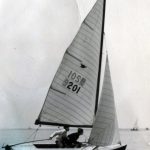
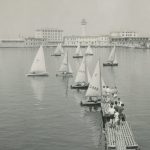
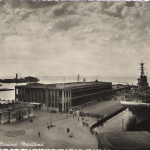
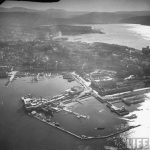
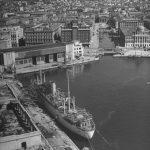
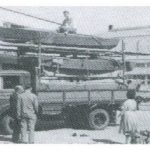
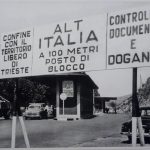
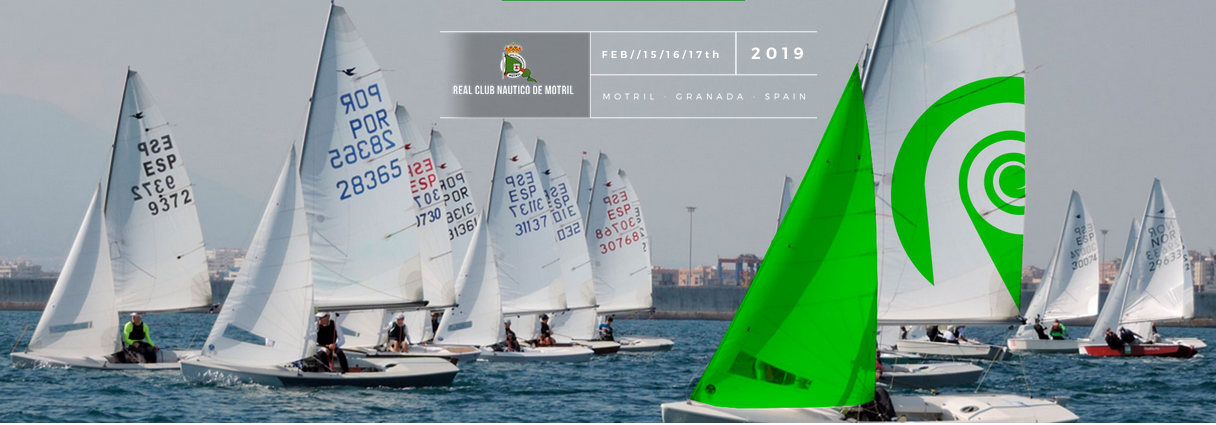
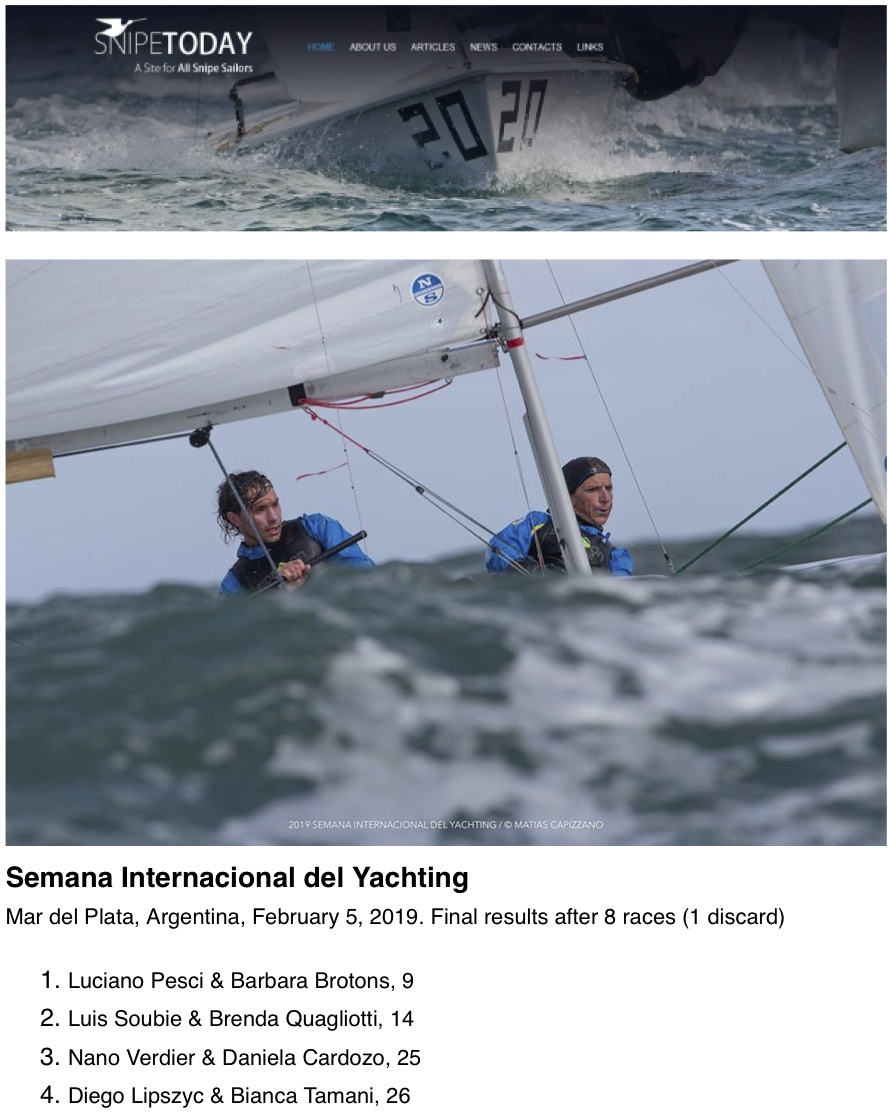

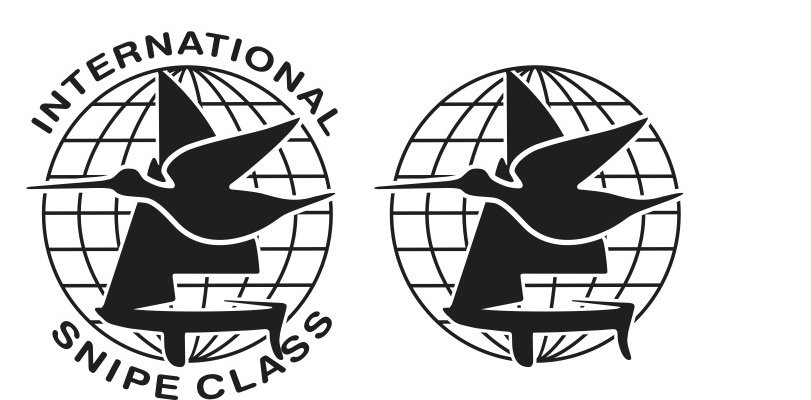

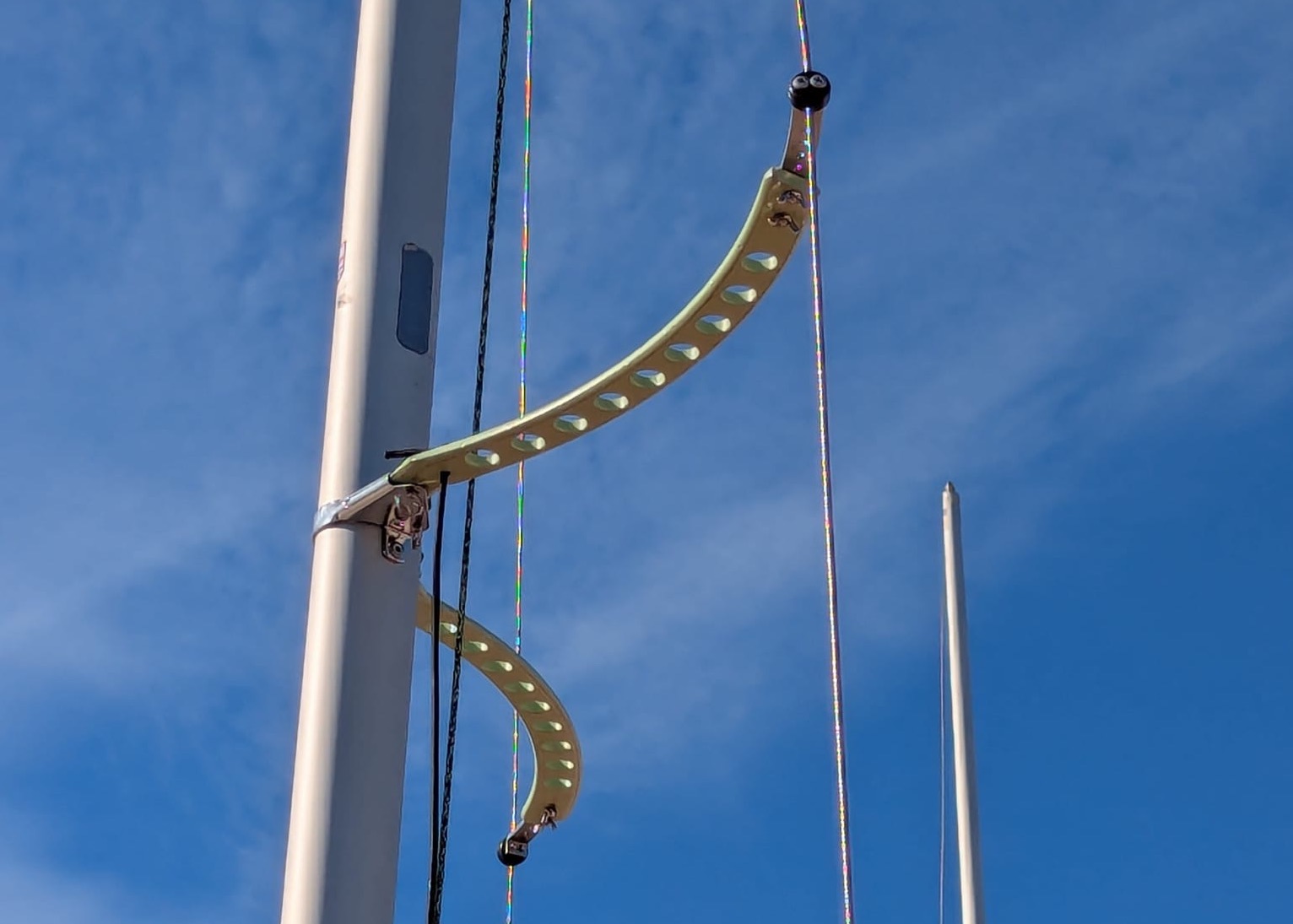
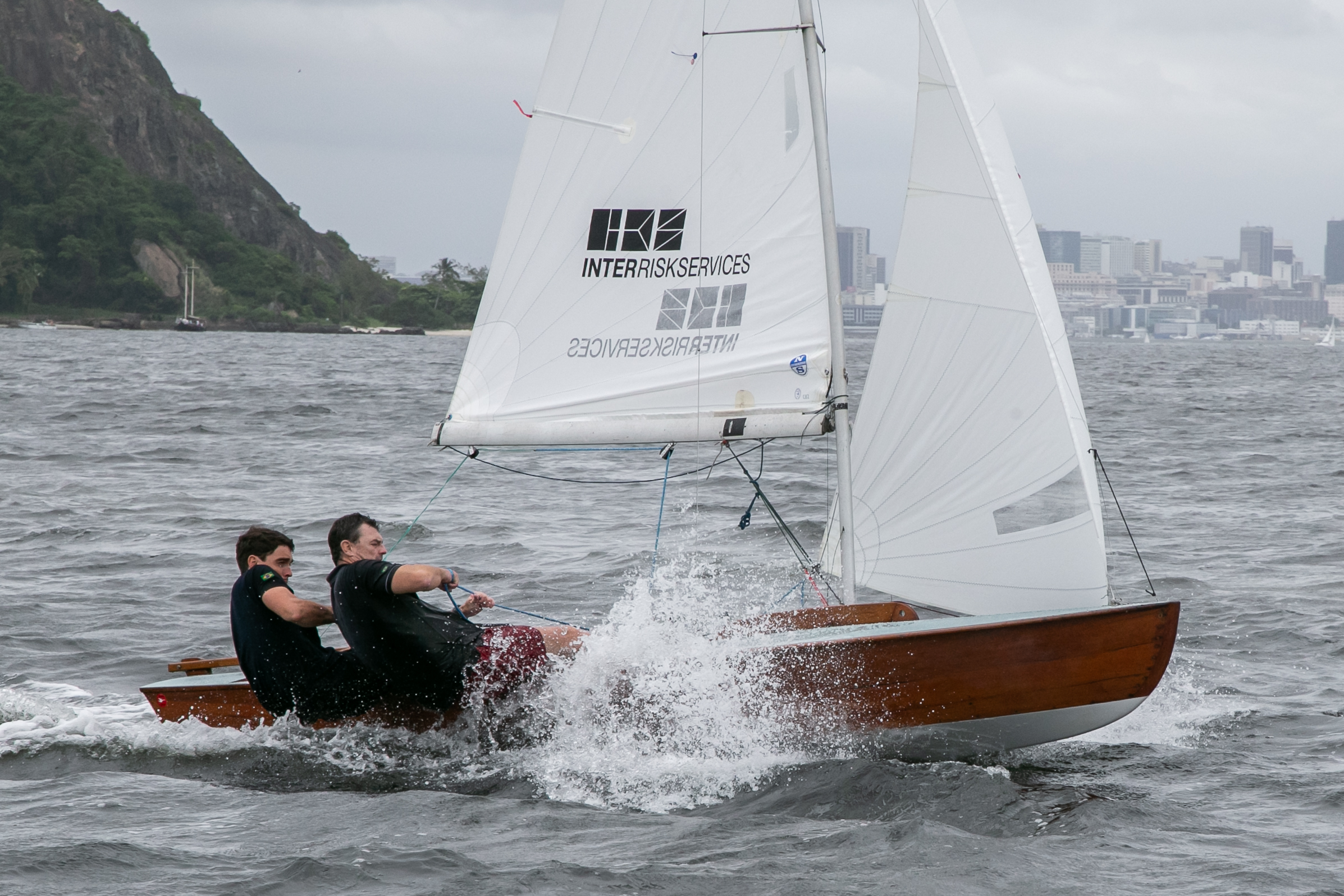
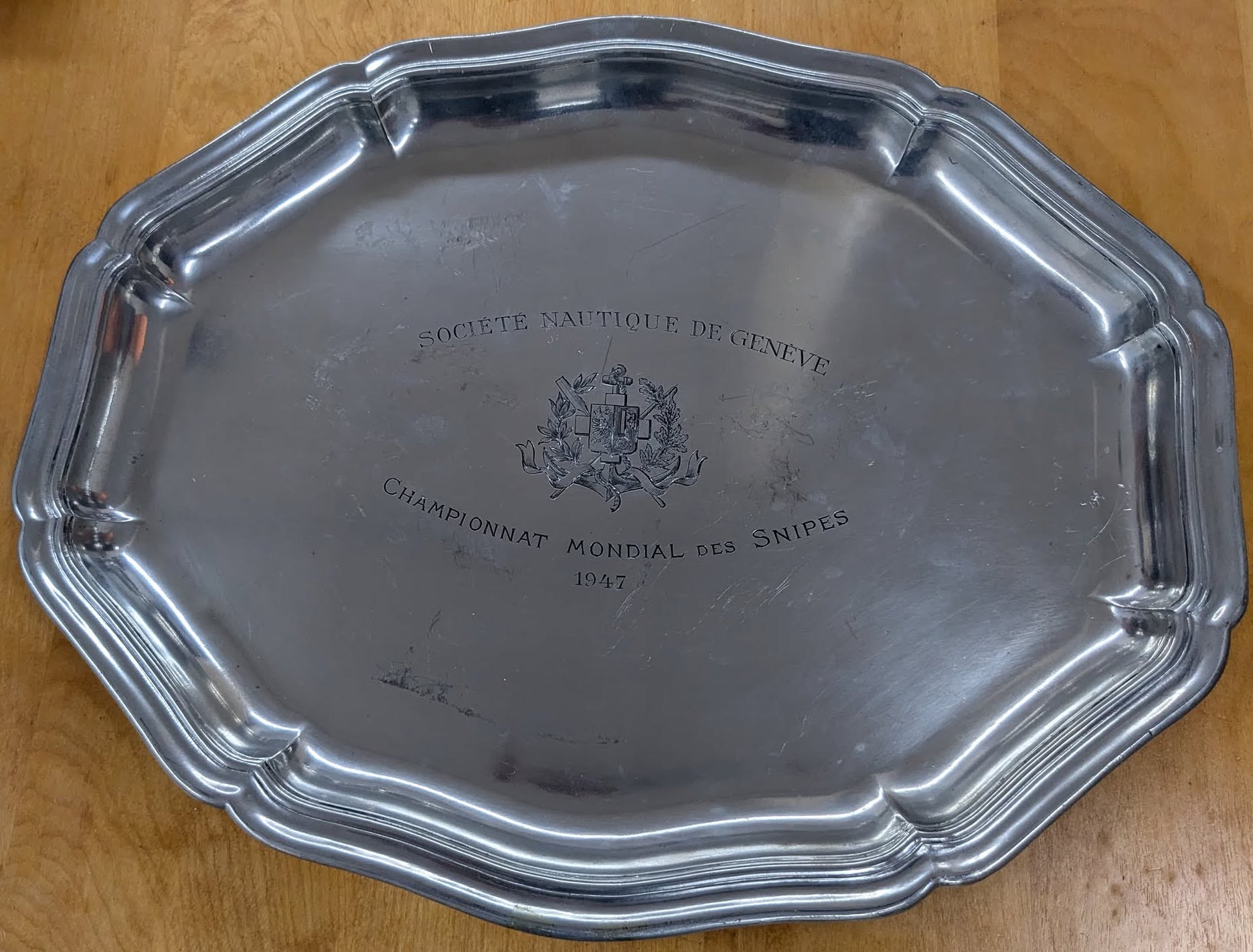
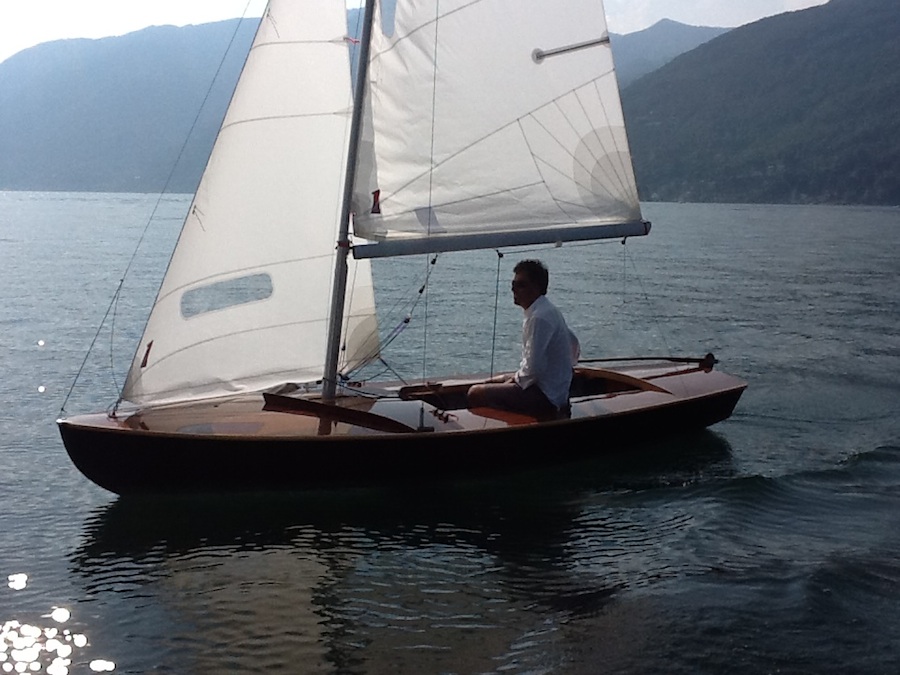
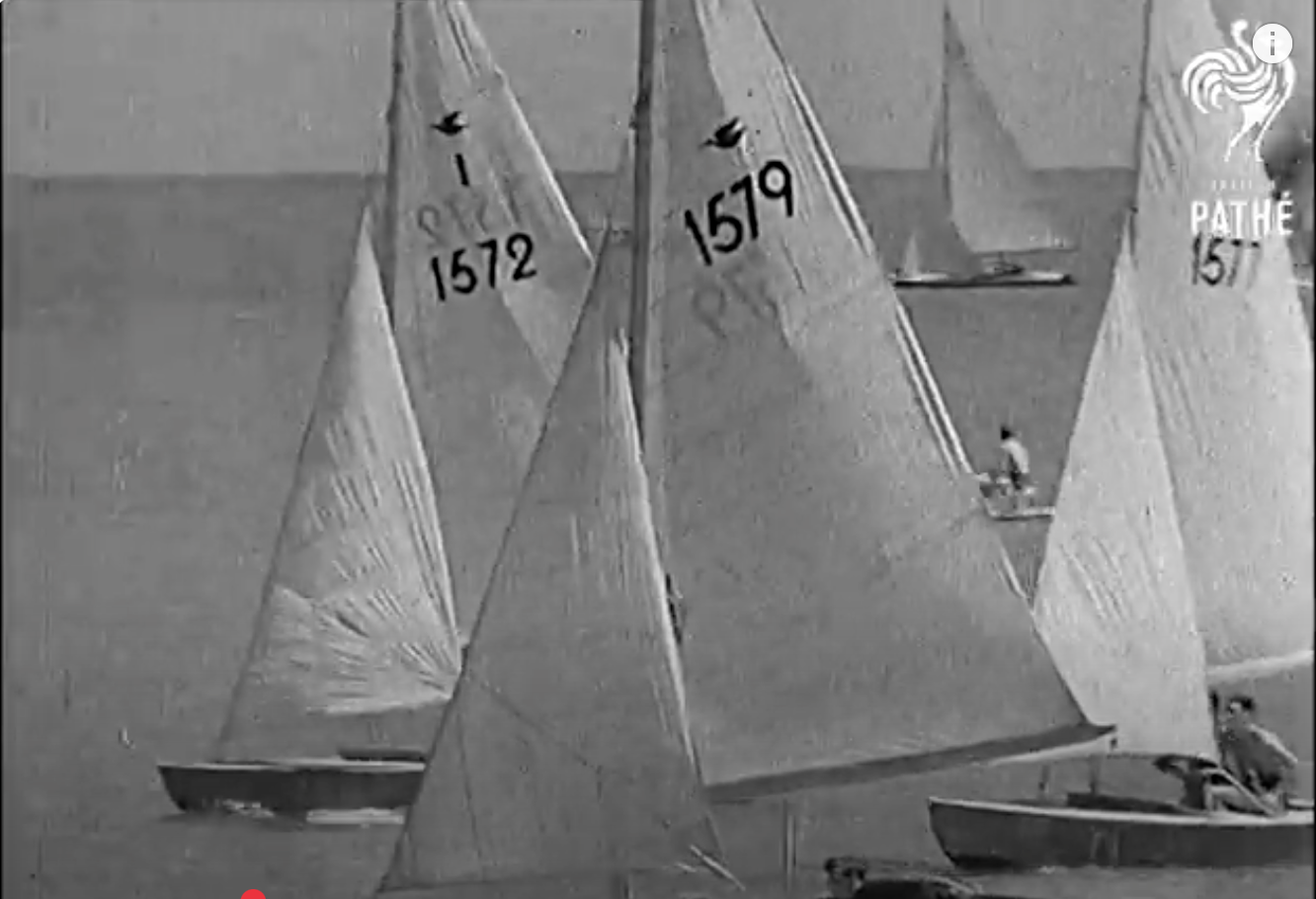
1 comment
Gonzalo E. Diaz
I enjoyed this article from Giorgio inmensely!! Thank you!! Gonzalo Diaz, Sr.
Leave a reply
Your email address will not be published. Your comment will be revised by the site if needed.